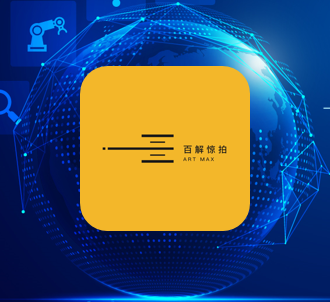
UBI

Since UBI proposes the concept of “blockchain +” Internet of things at the blockchain forum led by the blockchain Professional Committee of China Mobile Communications Federation(http://www.cmcabpc.org.cn/) in 2018, the company has researched and developed of data acquisition and tracking systems for a variety of sensors and GPS location information devices based on nb-iot and ZigBee protocols.
The system has multi protocol support, it can be customized and flexibly configured, and can be flexibly redeveloped according to the actual needs of users. In addition, UBI can also provide technical support and other services.
At present, we have completed image capture, temperature capture, humidity capture, brightness signal, GPS position signal and other IOT devices to upload the collected data to the blockchain in real time. We are developing control function modules such as remote control and timing tasks, and are applied in agriculture, medicine, art and other industries in combination with the actual scene.
Through the self-developed UBI“BaaS" platform, users can monitor various scenarios in real time and store certificates for key information in real time, which can be traced based on time stamp. It has realized the ability of applying blockchain technology + IOT Internet of things to large-scale industries.
Based on Zhijiang Tianshu open-source AI platform( http://tianshu.org.cn/ ), UBI integrates data management, self-developed visual rule engine to assist algorithm development, and then realizes business online reasoning after model training, which supports the company's ability of blockchain + application technology to empower industries.
Based on Activiti open-source workflow system, the company has implemented a freely customizable rule engine, allowing users to maintain rule logic by themselves, visualize code logic rules, dynamically match complex and diverse business attributes, and finally improve the development efficiency of rules by managing the binding relationship of modules.
For example, the AI subsystem of BaaS is applied in the ArtMax, and there are two big data sources supporting AI. One is from the data of the National Museum, and the other from Art Max, which generates massive data after being identified by a variety of instruments and equipment in the laboratory. Through the self-developed visual rule engine to model train these data, it has reached the primary commercial ability. After several rounds of testing and verification, the current system can enable users to bring a new artwork. The conclusion given by AI has a 90% probability of being consistent with the expert team.







